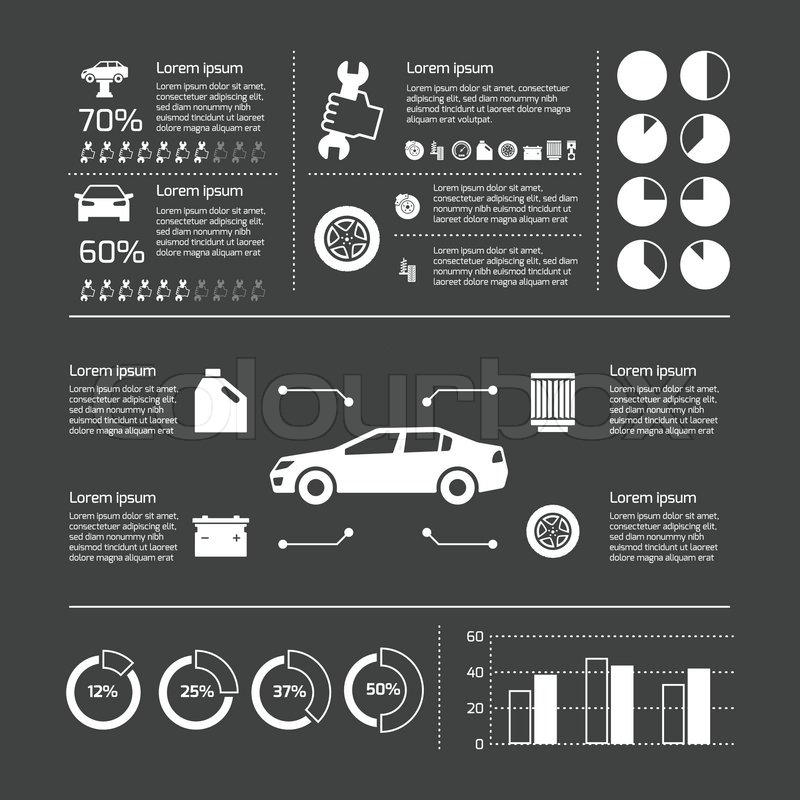The Critical Demand For Ongoing Tire Upkeep: How To Effectively Check And Revolve Your Tires
The Critical Demand For Ongoing Tire Upkeep: How To Effectively Check And Revolve Your Tires
Blog Article
Article Developed By-Olson Munn
Guaranteeing your tires are in top condition is more than simply a regular task-- it's a safety and security essential for every trip you start. From preserving appropriate atmospheric pressure to checking for deterioration, the health of your tires straight impacts your vehicle's efficiency and your well-being on the road. Yet what are the key actions to take to keep your tires in prime shape? Let's explore the essential facets of tire maintenance that you should not neglect.
Advantages of Normal Tire Upkeep
Normal tire upkeep uses a series of advantages that can boost your driving experience and ensure your safety and security on the road. By maintaining your tires effectively inflated, you enhance gas efficiency, saving you money at the pump.
Well-maintained tires also offer much better traction, reducing the danger of crashes, particularly throughout harsh weather. Effectively straightened and well balanced tires result in a smoother experience, reducing vibrations and boosting general lorry handling.
Regularly revolving your tires promotes also step wear, extending their lifespan and conserving you from premature substitutes. In addition, keeping the correct tire pressure can stop blowouts and flats, minimizing the opportunities of unexpected malfunctions on the road.
Tire Inspection Guidelines
When evaluating your tires, it's crucial to take note of different key elements to guarantee they remain in ideal condition for secure driving. Start by examining the tire stress using a stress scale to guarantee it matches the supplier's recommended degree.
Examine the tread depth by putting a cent upside down into the walk grooves; if you can see all of Lincoln's head, it's time for brand-new tires. Try to find any type of signs of uneven wear, which might suggest placement issues or improper inflation.
Look for cuts, protrudes, or splits on the tire sidewalls, as these can bring about blowouts. In addition, check out the tire valves for damage or leakages. Keep in photo mechanic to evaluate all 4 tires, including the extra if relevant.
Appropriate Tire Rotation Techniques
To guarantee even use and extend the life expectancy of your tires, it's important to adhere to appropriate tire turning methods. Routine tire turning assists distribute put on equally throughout all four tires, advertising longer tread life and enhancing general efficiency. Begin by examining your automobile's manual for the recommended turning pattern. Generally, front-wheel-drive, rear-wheel-drive, and all-wheel-drive vehicles have different rotation patterns to make up varying wear patterns.
For many lorries, the advised tire turning interval is every 6,000 to 8,000 miles, but this might differ, so it's vital to consult your guidebook.
When revolving your tires, swap the front tires with the back tires, moving the left rear tire to the left front position and the other way around. Bear in mind to also go across the back tires to the opposite sides when moving them to the front. This simple yet efficient turning strategy helps ensure that all tires wear evenly, maximizing their life expectancy and preserving ideal performance.
Verdict
Make sure to prioritize normal tire maintenance to keep your car running smoothly and securely. By how much does car ac repair cost to straightforward assessment standards and correct turning strategies, you can extend the lifespan of your tires, boost fuel effectiveness, and improve total efficiency on the road. Do not neglect the relevance of looking after your tires - it's a tiny effort that can make a large distinction in your driving experience.
